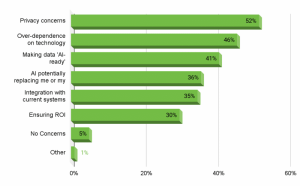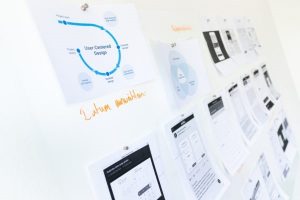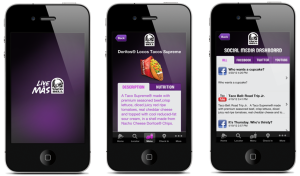HR professionals have the potential to make a big difference in their organizations—if they have the time and resources to focus on what matters most, that is. For many HR departments, all the benefits questions, time-off requests, hiring tasks, and more leave barely enough time to breathe, let alone think about strategy.
That’s where automation comes in. With HR software on your side, many of the most time-consuming HR tasks become fast, easy, and automatic, giving valuable time back to your HR team so they can focus on people. In this article, we’ll break down the incredible benefits that come from HR automation across your organization.
Automated Hiring
In today’s competitive hiring market, some estimates say the best candidates are off the market within 10 days. It’s clear your organization needs to move fast if it’s going to attract and hire top talent, and a manual hiring process makes it really tough to do that.
Crafting job descriptions, posting on various job boards, screening and sorting applications, contacting candidates, scheduling interviews, organizing notes from hiring managers, and sending out offer letters can eat up a lot of time. An automated applicant tracking system can manage many of these tasks for you, from automatically posting an open position to multiple job boards to instantly generating offer letters for your select candidates.
Not only does automation save you time as an employer, but it also makes for a much smoother and easier experience on the candidate’s end. Even if they aren’t hired, a candidate who has a positive experience with your hiring process is more than twice as likely to tell others to apply to your company—or even apply again themselves in the future.

- FotografieLink / Pixabay
Automated Onboarding
On average, a traditional (manual) onboarding process takes up about 11 hours in a week when there’s a new hire—which for growing organizations could be most weeks of the year. However, in our research, we found that HR software with automated onboarding can speed things up by as much as 50 percent thanks to time-saving features like onboarding checklists, automatic reminders, new-hire packets, and more.
On top of those time savings, automated onboarding can also lead to higher employee engagement and retention. One survey showed that when employees view their organization’s onboarding software as effective, they are five times as likely to report high levels of engagement; when they feel their overall onboarding experience was effective, they are 18 times more likely to feel committed to their organization. And when your organization is able to hold onto engaged, talented employees, the benefits are worth thousands of dollars in workforce morale, satisfaction, and productivity.
Automated Employee Self-Service
Because HR manages all of your organization’s people data, HR is where your people go when they have questions about time off or requests to update an emergency contact. None of these are difficult tasks by themselves, but when such requests are coming from the entire workforce, they can take up a lot of time—time that HR could be spending on other, more strategic matters.
HR software helps cut down on the number of requests and questions flowing to HR and instead gives control back to your people. An HRIS with employee self-service allows employees to update their own data, look up their time-off balance, double-check their benefits, and more. According to one estimate, HR automation via employee self-service can reduce the amount of time that HR spends on administrative tasks by 40 to 60 percent. That turns into several hours a week and hundreds of hours a year for HR to focus on more important projects.
Automated Reporting
Perhaps the most compelling benefit of HR automation is being able to have valuable HR data and reporting at the click of a button. HR reports can and should play a huge part in helping your organization make strategic, data-driven decisions. Many executive teams recognize this and want to hear from HR more frequently, but this is a tough order to fill when you have to hunt through spreadsheets and filing cabinets to gather, organize, and analyze your data.
HR software can automate HR reporting, giving you key metrics like turnover, headcount, time-to-hire, employee satisfaction, and more whenever you need them. This can help your organization track how its HR initiatives are performing, make more informed decisions, and plan for new growth and challenges in the future.
Conclusion
While it takes more than HR automation alone to make your organization a great place to work, streamlining and automating your HR processes can certainly help. Doing so can save everyone in your organization, especially your HR team, a lot of time and money. Perhaps even more important, it can help improve the people experience in your organization, making candidates more likely to accept job offers, new hires more likely to stick around, and employees more likely to feel engaged. Benefits like these aren’t as easy to track as hours in a day or dollars in a budget, but they can lead to greater, more enduring success in the long run.
Business & Finance Articles on Business 2 Community
(34)
Report Post








